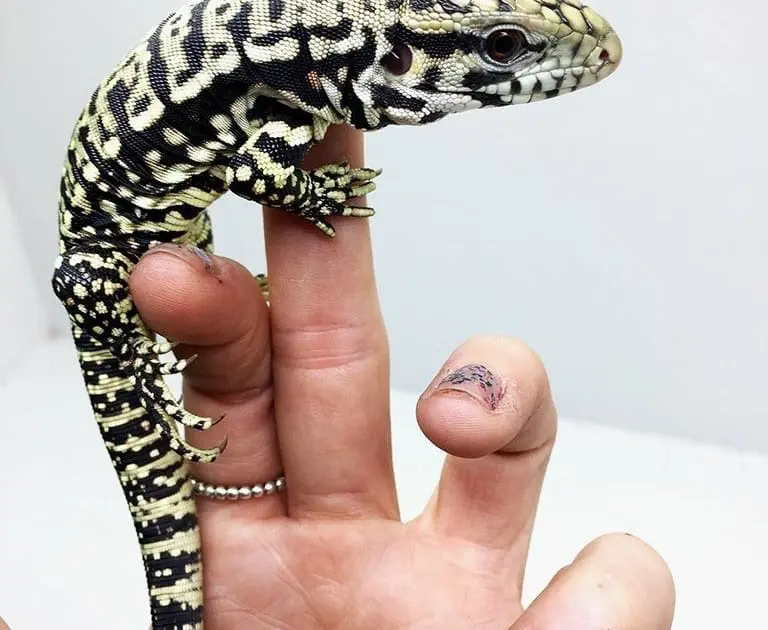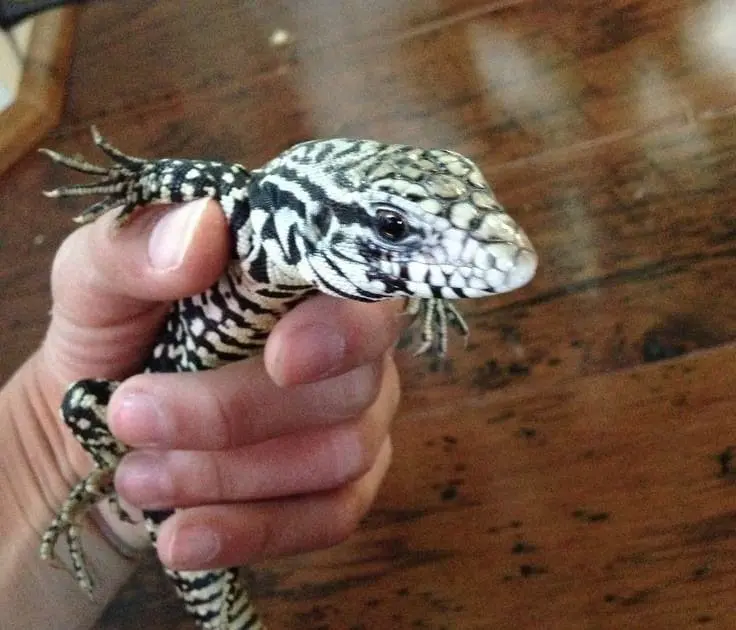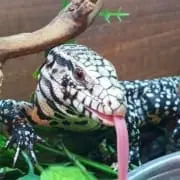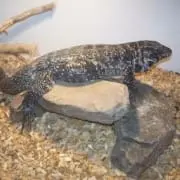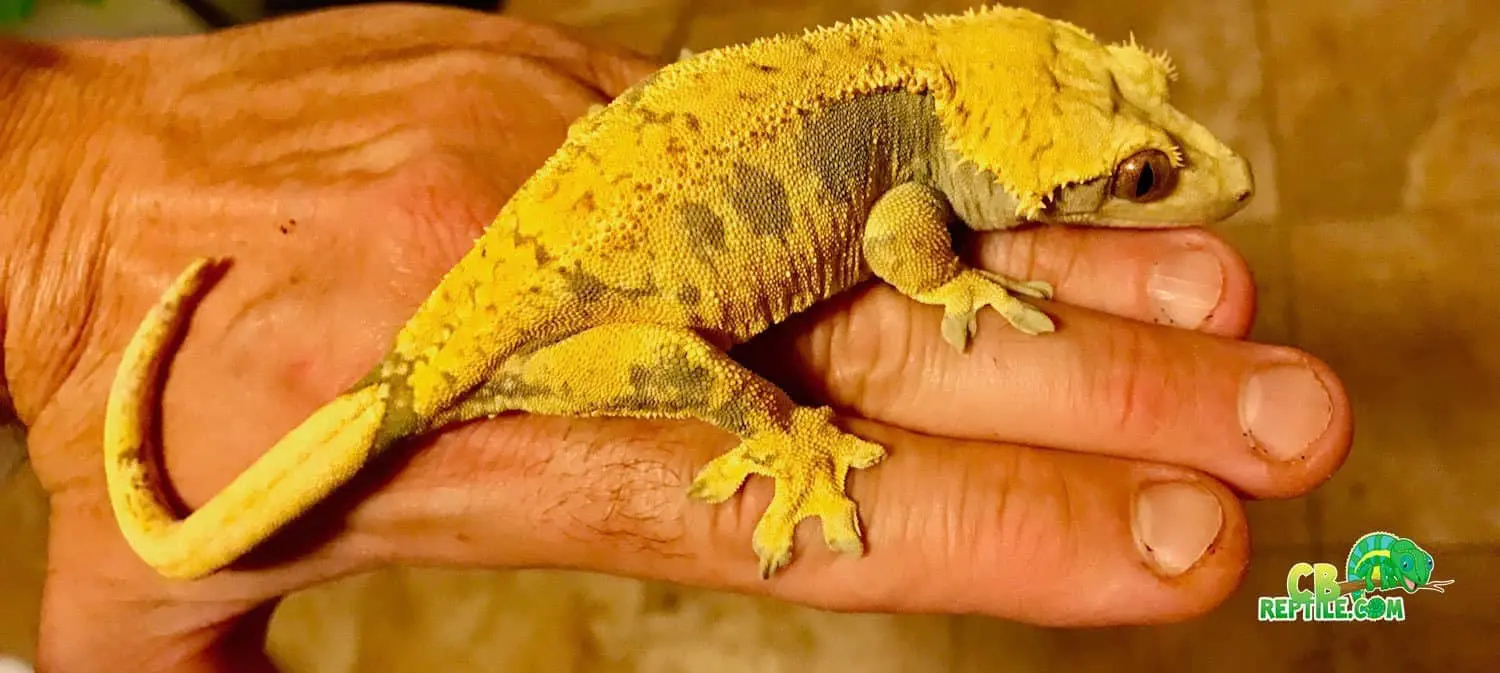Panther Chameleon Feeding
Feeding your panther chameleon
A panther chameleon’s diet consists mainly of insect livefood. We have found that brown crickets are the most readily acccepted by younger chameleons, but you can also use black crickets, dubia cockroaches or locusts (hoppers). On occasion, for variation you can offer other bugs such as mealworms, waxworms or calciworms.
Adult chameleons tend to have a preference for locusts above other live foods.
The vivarium should be misted with a chameleon misting system water daily to provide hydration and humidity. Humidity should be kept over 50%, but it can fluctuate throughout the day. Humidity can be easily measured by using a hygrometer.
Water for your panther chameleon is key
Most chameleons can also be trained to drink from a dripper system inside their vivarium. We here at CB reptile use the Mist King chameleon misting system. The mist king is one of the best reptile misting systems for sale in the world. Mist king pro allows you to water your pet chameleons for sale up to 9 times per day. Using a digital timer, the Mist king is the best chameleon misting system hands down, and we swear by it! 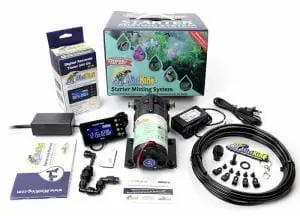
Types of chameleons for sale
Ambilobe panther chameleon for sale online from ambilobe panther chameleon breeder. We specialize in chameleons for sale online, including panther chameleon for sale, baby panther chameleon for sale, ambilobe panther chameleon for sale, baby ambilobe panther chameleons for sale, as well as other locales.https://youtu.be/sC6Bi5QvUnU
Before purchasing a baby panther chameleon, be sure to find the right panther chameleon breeder offering captively bred baby panther chameleon for sale. Also, consider if the chameleon for sale is 100% guaranteed to be captive bred. Because wild caught baby panther chameleons for sale could contain parasites.
In addition to panther chameleons we also offer Veiled chameleon for sale and baby veiled chameleons for sale. Looking for Jackson’s chameleon for sale? we have those as well.
Male Nosy Be Panther Chameleons are extremely territorial and live a solitary life, it is not uncommon for males to get aggressive with one another if their communication by colors does not work. Females are a little bit more tolerant towards one another but still prefer living on their own. The only time they would come together would be during the breeding season. When searching for a baby panther chameleon, or any type of panther chameleon for sale, be sure they are captive bred. Be sure to check out all the beautiful baby chameleons for salehere at CB!
Panther Chameleons are territorial
Panther Chameleons are extremely territorial and live a solitary life, it is not uncommon for males to get aggressive with one another if their communication by colors does not work. Females are a little bit more tolerant towards one another but still prefer living on their own. The only time they would come together would be during the breeding season.
Offering a variety of captive bred reptiles for sale online, we also are breeders of Nosy Be panther chameleon for sale, including nosy be panther chameleons for sale online and adult Nosy Be panther chameleon for sale. We offer Nosy Faly panther chameleon for sale, nosy faly panther chameleons for sale online if you are looking for blue also consider our Blue Ambanja panther chameleon for sale, our baby blue panther chameleons for sale online are top quality and super blue! Their vivid colors are absolutely stunning. We offer Ambanja panther chameleons for sale online as well as Sambava panther chameleon for saleincluding baby sambava panther chameleons for sale.
In addition to panther chameleonswe also offer Veiled chameleon for saleand baby veiled chameleons for sale. Looking for Jackson’s chameleon for sale? we have those as well.
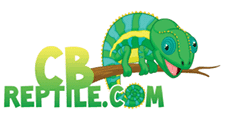
 Habitat / Housing: a well ventilated, arboreal wooden vivarium
Habitat / Housing: a well ventilated, arboreal wooden vivarium
